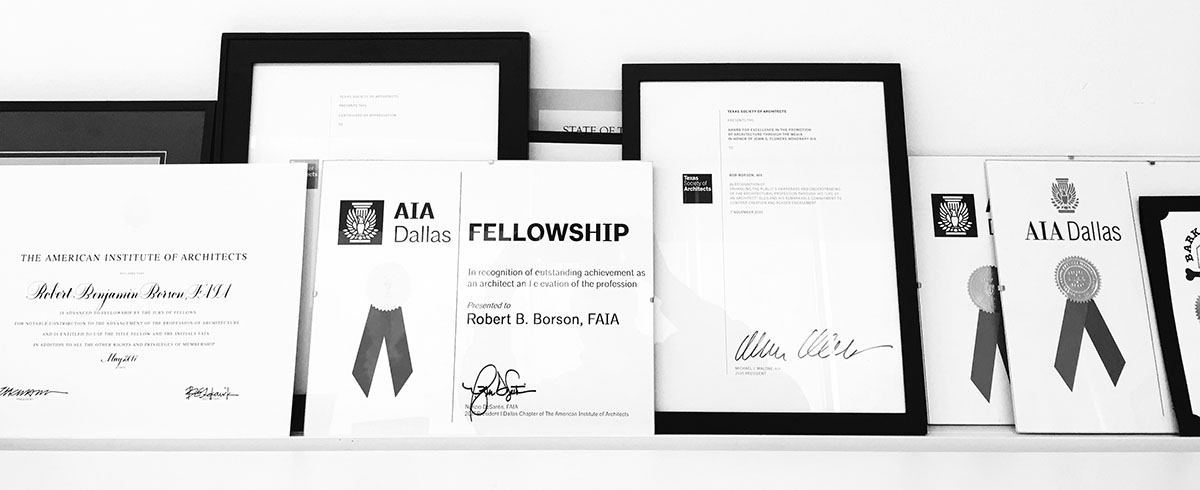Becoming an architect is hard – but we all know that. You go to school for a long time and work and study but upon graduation, you are not an architect … so when does that moment happen? Welcome to episode 68 “Where is the Finish Line?”
[Note: If you are reading this via email, click here to access the on-site audio player]
Podcast: Embed
Subscribe: Apple Podcasts | Spotify | Android | iHeartRadio | TuneIn

Going to school and graduating (5-year professional versus 4+2) jump to 2:58
Are there reasons for why you would choose either a 5-year program or a 4+2? Of course. Do you want to teach? Maybe you want to specialize in a particular area. Maybe you didn’t kill it in High School and can’t get into your preferred college. Maybe you want to introduce new ways of thinking and teaching into your curriculum? I could go on but I think you get the point.
Undergraduate degrees in architecture generally fall into two categories – professional degrees (usually five years in length) and pre-professional degrees (usually four years in length). The Bachelor of Architecture (5-year degree) is a first-professional degree that is evaluated and accredited by the National Architectural Accrediting Board and contains the required academic coursework to pursue an internship, and eventually, licensure. The Bachelor of Science in Architectural Studies (4-year degree) is a pre-professional degree that contains part of the coursework required for licensure but must be followed by a professional degree in architecture (2-year Master’s) in order for one to pursue licensure.

Internship process – length of time and requirements jump to 8:50
As a part of the process of becoming an architect, you have to acquire real-world experience – to the tune of 3,740 hours worth of time which is divided up into key tasks and fall into six practice areas (shown in the graphic immediately above). I seem to recall that we had 8-hour blocks called “Learning Units” when I went through this process and the process seemed to take most folks around three years to complete the process. I was a little slow to this process and since I didn’t start taking my exams until I was in my late 20’s, but I had easily acquired all the requisite experience by that time. These days, since I am a Supervisor for many interns, I spend more time trying to help them get access to the experience they need to help speed them through this process.
Again – since this is an NCARB intensive post, this is how they describe the current internship process:
“To earn a license and become an architect, you’ll need to document real-world experience through the Architectural Experience Program® (AXP®). Developed by NCARB and required by most U.S. licensing boards, the AXP provides a framework to guide you through earning and reporting your professional experience.
As you progress through the AXP, you’ll build up competency in the skills and tasks you need to practice architecture. With broad experience areas that reflect the current phases of practice, the program prepares you for everything from site design to project management. ~ NCARB
I have written several posts on being an intern in an architectural office – which might seem like it’s at best peripherally related to the internship process, and you would be right. They aren’t really the same thing BUT you can get credit towards your AXP (Architectural Experience Program)credits during any time you spend working in an architect’s office. In this regard, once you get your NCARB record set up you can start earning experience credits towards your licensure while you are still in school. For more information on the actual process and experience, read “Architectural Interns“.
**per our conversation in the episode, I reached out to NCARB and heard back from Samantha Miller who dug through the NCARB archives and let me know that 700 training units were required to satisfy the IDP in the late 1990’s. Each training unit is worth 8 hours of acceptable activity in a given training area which means 5,600 hours of additional training was required post-college education.
 Taking the Test jump to 14:43
Taking the Test jump to 14:43
There are loads of sites that are specifically dedicated to the process and practice of taking the Architectural Registration Exam. They will all help prepare you to take this exam for the right amount of money, and I can summarize all of them and the message you receive into a single, easy to understand sentence:
“The Architectural Registration Exam is difficult, has a low rate of success, and will have you reconsider the merits of attending Clown School …”
I’d like to say this is typical Bob Borson hyperbole but it isn’t. In the current version of the Architectural Registration Exam (5.0) there are 6 divisions that are “designed to assess aspects of architectural practice related to health, safety, and welfare. Specifically, the ARE focuses on areas that affect the integrity, soundness, and health impact of a building, as well as an architect’s responsibilities within firms, such as managing projects and coordinating the work of other professionals.”
If you took all 6 exams back-to-back, you would be there for 24 hours and 55 minutes.
Practice Management Details:
Number of Questions: 65 / Test duration: 2 hr 40 min
Project Management Details:
Number of items: 75 / Test duration: 3 hr
Programming & Analysis Details:
Number of items: 75 / Test duration: 3 hr
Project Planning & Design Details:
Number of items: 100 / Test duration: 4 hr 5 min
Project Development & Documentation Details:
Number of items: 100 / Test duration: 4 hr 5 min
Project Development & Documentation Details:
Number of items: 100 / Test duration: 4 hr 5 min
Construction & Evaluation Details:
Number of items: 75 / Test duration: 3 hr
That’s pretty much 25 hours of examinations as just 1 step along the entire journey. For comparison, the bar exam for lawyers is 12 hours long … for doctors taking the United States Medical Licensing Exam at the end of their second year of medical school before they begin rotations? That would be 7 HOURS of examinations (here). Obviously, it makes perfect sense to someone why the Architectural Registration Exam is 3.5x longer than the medical exam, just not to me.
Every stat you could possibly want to know about the Architectural Registration Exam is conveniently and graphically on display courtesy of the National Council of Architectural Registration Board (NCARB ) and can be found here.

You are now an Architect – does it matter? jump to 28:38
Of course, I think it matters, but I can tell you that for some people, getting their license doesn’t matter to them. In this portion of our conversation, I think we will anger and irritate the most number of people, particularly those who aren’t licensed. There is the argument that maintaining your license requires on-going training and continuing education units and if you aren’t licensed, there are no assurances other than your word that you are actually qualified to do anything. Of course, with our current system in place, Frank Lloyd Wright, Luis Sullivan, Tadao Ando, and Mies van der Rohe would not be able to call themselves architects since none of them completed the very first step of acquiring a formal an accredited degree in architecture.
In my last office, we pushed people heavily towards getting their architectural license – first and foremost it was due to the fact that we could charge more for your time and as a result, pay our employees more for their time. If you wanted to be paid more, you had to be worth more. To be worth more, you needed to be licensed – it was that simple.
I know that there might be people who will respond to the comment I made where I say that there is a ceiling for any individual that does not get licensed. I stand behind that comment as a generic statement because it is almost always and unilaterally true. There will obviously be cases where the individual is of such exceptional talent and ability that a formal license is not a roadblock to their achieving success. I will be the first person to be happy for those folks, but if I am giving out practical experience-based advice, you will do far better with a license than without.

Would you rather? jump to 37:52
For today’s Would you Rather question, I will just go ahead now and tell you that I answered this question incorrectly, Andrew chose his answer correctly, and I now have many, many regrets.
Would you rather be transported permanently 500 years into the future or 500 years into the past?
I could elaborate on the one major consideration that would steer your answer one way over the other, but I think you will better yourself by listening and hearing me work through this particular issue and why it doomed my answer.
The “goal of becoming an architect” turned into a “dream of becoming an architect” once I graduated from college and I was faced with the realities of how much more work I learned I was going to have to put in a lot more work to satisfy all the requirements of licensure. Considering the extent of those requirements, I can’t say that I am surprised that so many people who graduate with their architectural degrees fail to see the process all the way to the end. It is hard to say why I felt that getting my license was my “finish line” but I can assure you that up until the moment when I passed that final test, I felt like a loser – someone who hadn’t measured up to the standard of what actually makes an architect an “architect“. Of course, when I did pass that final test I didn’t feel happy with my accomplishment, I chastised myself for taking so long to actually get it done.
In the twenty years since I received my license, my position has softened a bit, but just a little. Getting your license should still be the goal of every architectural graduate and yes, I am aware of just how hard and arduous the journey can be – but I will be the first person to celebrate with you when that moment comes. Seriously – just let me know and I will personally congratulate you.
Good luck, get prepared and stick with it. You can and should do this.

Life of an Architect would like to thank our media partners Building Design and Construction for their gracious and on-going support of this podcast. This is the 3rd year of our partnership and we are grateful for the guidance and insight they share with us that helps direct the show.
